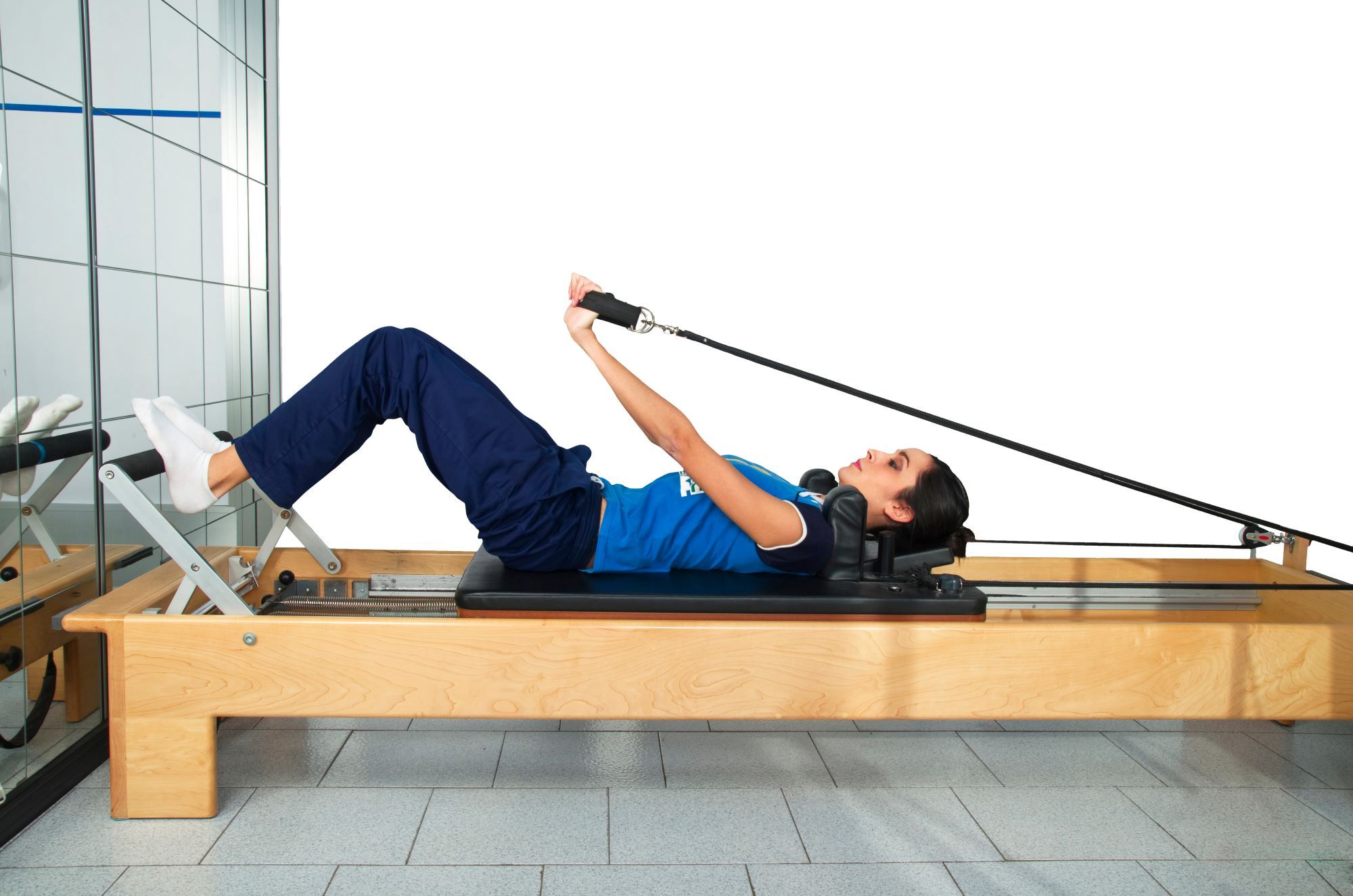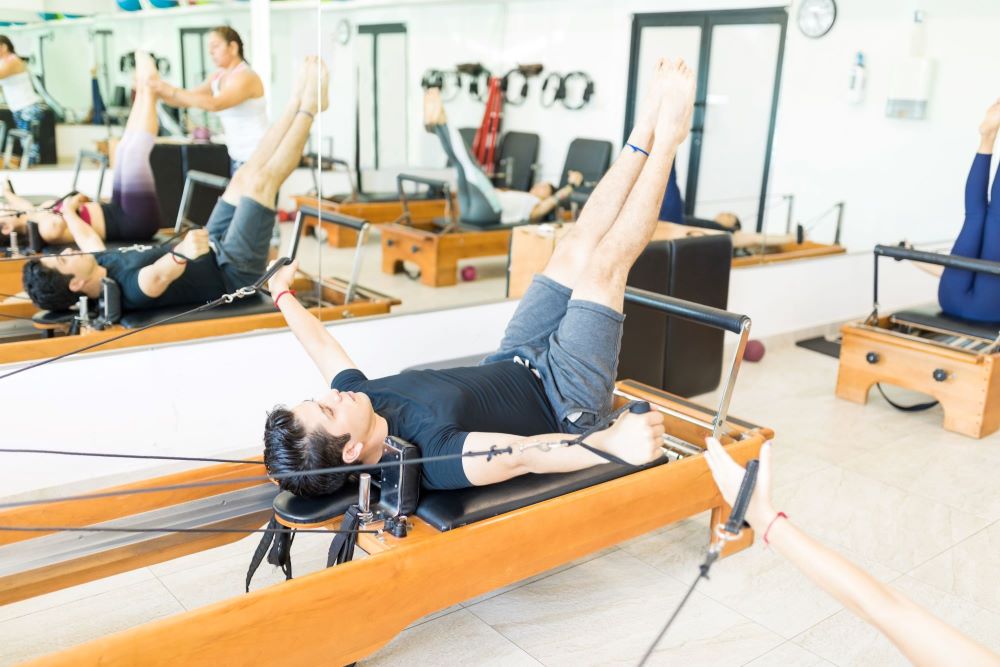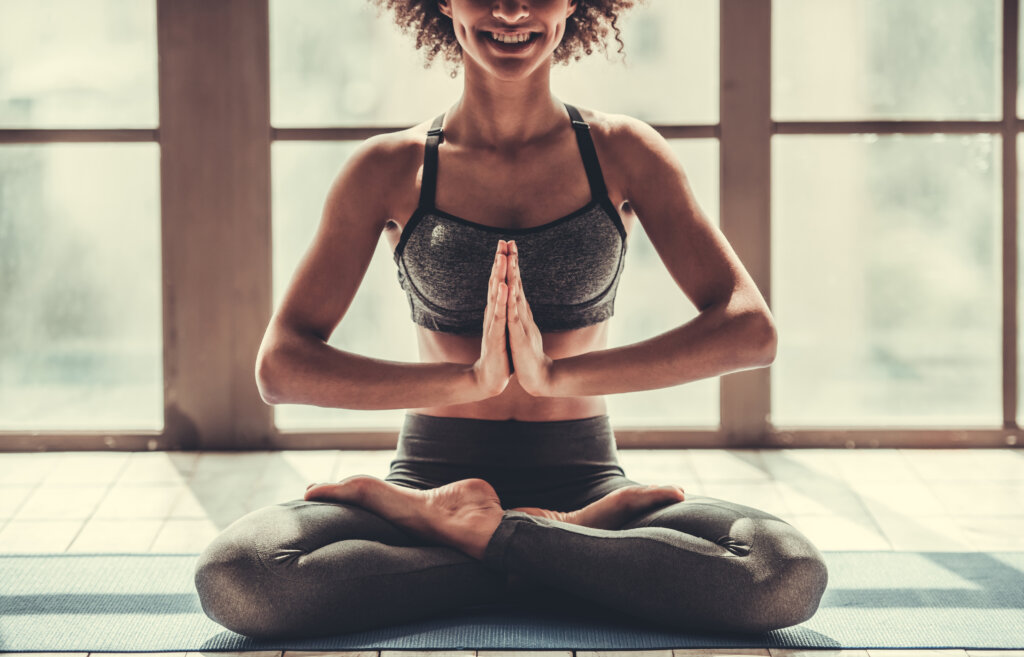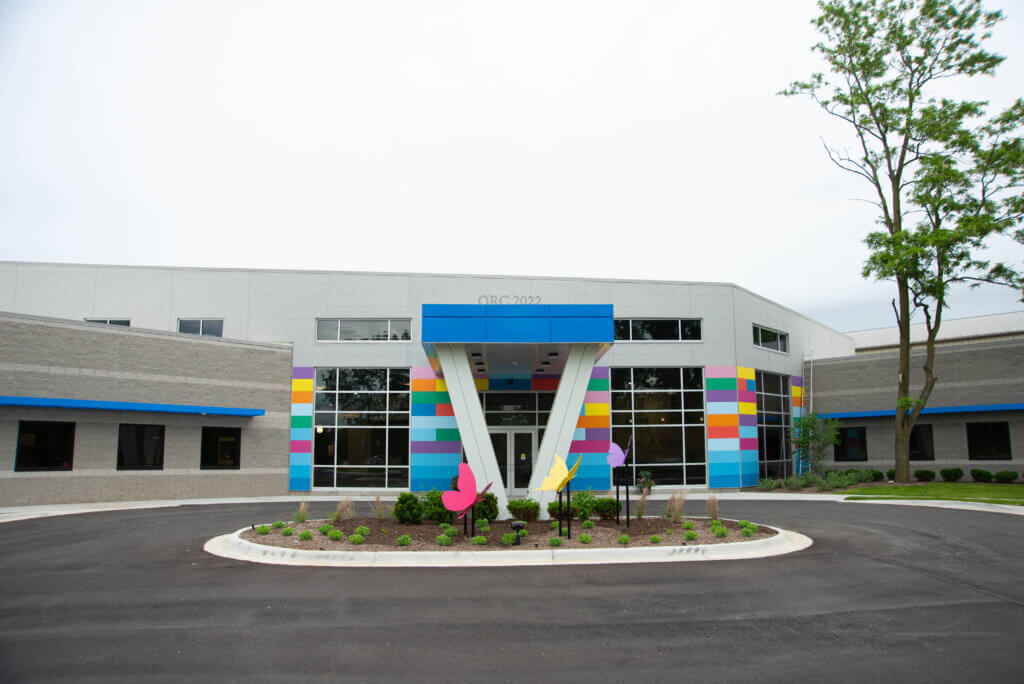Embracing Holistic Fitness: A Pilates Workout Works for Everyone

The perception of workouts has experienced a significant shift in the last decade or two. The days when exercise solely revolve around achieving a certain physical appearance through high-intensity activities are gone. Today, the fitness landscape has evolved to prioritize overall health and well-being, offering a diverse array of workout methods tailored to individual needs. Among these, Pilates has emerged as a rapidly growing phenomenon, captivating fitness enthusiasts with its comprehensive approach to exercise. With a focus on enhancing both physical and mental wellness, Pilates has gained immense popularity as an excellent all-around workout choice.
What is Pilates?
Pilates is a holistic exercise approach that focuses on improving strength, flexibility, balance, and body awareness. Developed by Joseph Pilates in the early 20th century, this fitness method emphasizes controlled movements, precise alignment, and proper breathing techniques. Pilates exercises target the core muscles, including the abdomen, lower back, hips, and glutes, while also engaging the entire body for a balanced workout.
History of Pilates
The roots of Pilates can be traced back to Joseph Pilates, a German-born fitness enthusiast who developed the method during World War I. Pilates, originally known as “Contrology,” was initially used as a rehabilitation technique for wounded soldiers. Joseph Pilates believed that physical and mental health were interconnected, and he designed a series of exercises that focused on building core strength and flexibility.
Over time, Pilates gained popularity and began attracting attention from dancers and athletes due to its transformative benefits. Joseph Pilates and his wife Clara opened a studio in New York City, where they trained students and instructors in the Pilates method. Since then, Pilates has evolved and diversified, with various schools of thought and styles of practice emerging worldwide.
Benefits of a Pilates Workout

Pilates offers a multitude of benefits as a workout for both the body and mind. Through regular practice, individuals can improve core strength as the workout targets and strengthen deep abdominal and back muscles. Pilates also increases flexibility, with Pilates exercises promoting a full range of motion and increased muscle elasticity. Alongside improved strength and flexibility, Pilates helps enhance posture by emphasizing proper alignment and body awareness, reducing strain on the neck, shoulders, and lower back. The exercises work to tone muscles throughout the body, resulting in a more sculpted appearance and increased body awareness.
Moreover, Pilates contributes to stability and balance, reducing the risk of falls and enhancing coordination. It serves as a valuable tool for injury prevention and rehabilitation, aiding in the recovery process by strengthening weakened muscles and improving flexibility. Pilates incorporates breathing techniques and encourages mindfulness, reducing stress and fostering a deeper mind-body connection. The practice can also boost energy levels, leaving individuals feeling invigorated and revitalized. Overall, Pilates provides a holistic approach to fitness and well-being, promoting physical strength, mental clarity, and an overall sense of vitality.
What is the Difference Between Yoga and Pilates?

While Pilates and yoga share some similarities, they are distinct practices with different origins and objectives. Here are the key differences between the two:
- Focus: Pilates emphasizes physical conditioning, strength, and core stability, with an emphasis on controlled movement and alignment. Yoga, on the other hand, combines physical postures, breathing exercises, and meditation to promote overall well-being and spiritual growth.
- Breathing Techniques: Pilates utilizes specific breathing patterns, such as lateral thoracic breathing and deep diaphragmatic breathing, to facilitate movement and engage the core muscles. In yoga, breath is a tool to connect the body and mind, promoting relaxation and mindfulness.
- Spirituality: While yoga often incorporates spiritual elements and philosophical teachings, Pilates is primarily a physical exercise system with a focus on anatomical alignment and functional movement. Pilates is a more secular and fitness-oriented practice.
- Equipment: Pilates exercises often use specialized equipment such as the Reformer, Cadillac, and Wunda Chair, which use springs and resistance mechanisms to challenge the body. Yoga typically requires minimal equipment, with practitioners relying on yoga mats and props for support.
Pilates at The Oxford Center

At The Oxford Center, we want to support you in every way we can as you embark on your health and wellness journey. For that reason, we are now offering Pilates at unbeatable prices, with an exceptional instructor, and state-of-the-art equipment. Discover the benefits of Pilates for yourself – increased muscular strength, improved posture, enhanced body awareness, and a renewed sense of vitality. Take the first step towards a healthier and more vibrant lifestyle today.